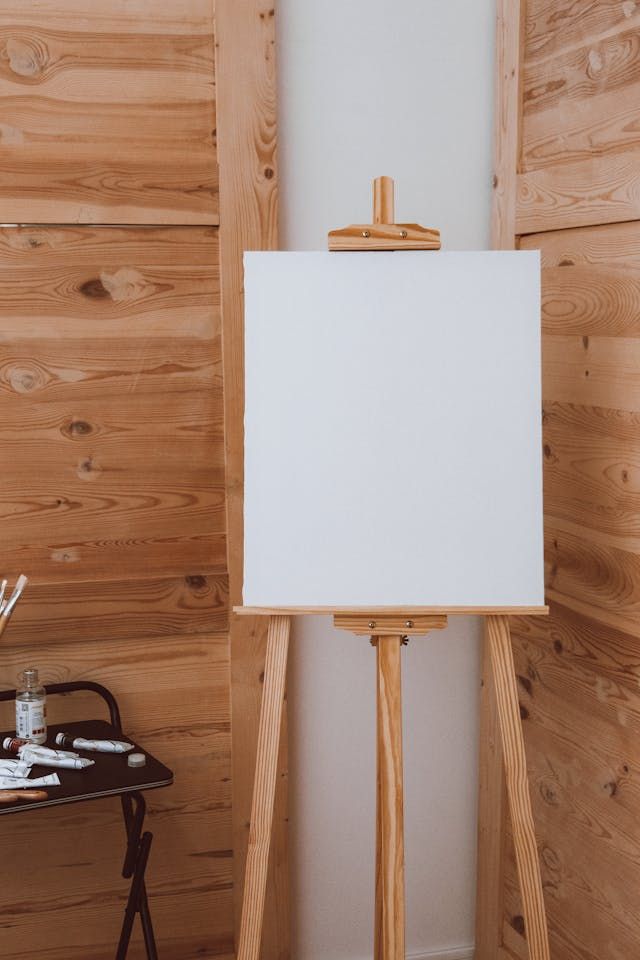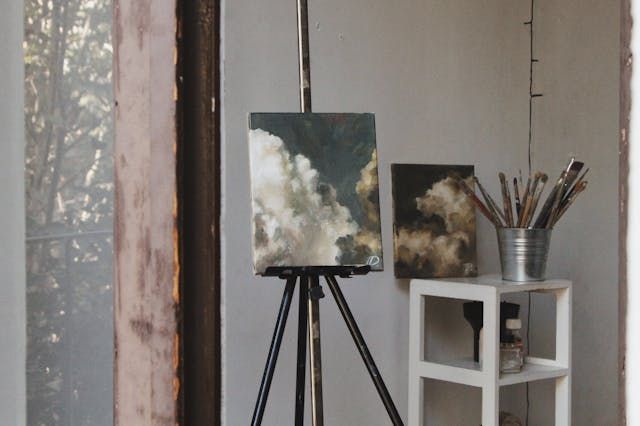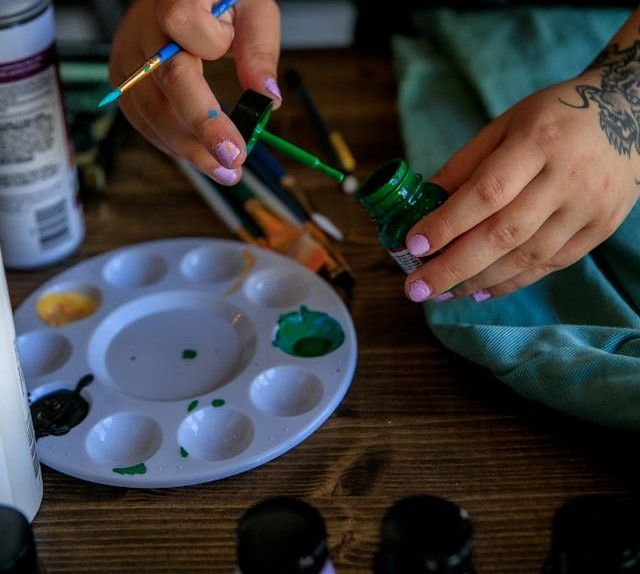The History of Painting: From Cave Art to Modern Masterpieces
By Zakir Hossain
Published: Dec 24, 2024
Share the post
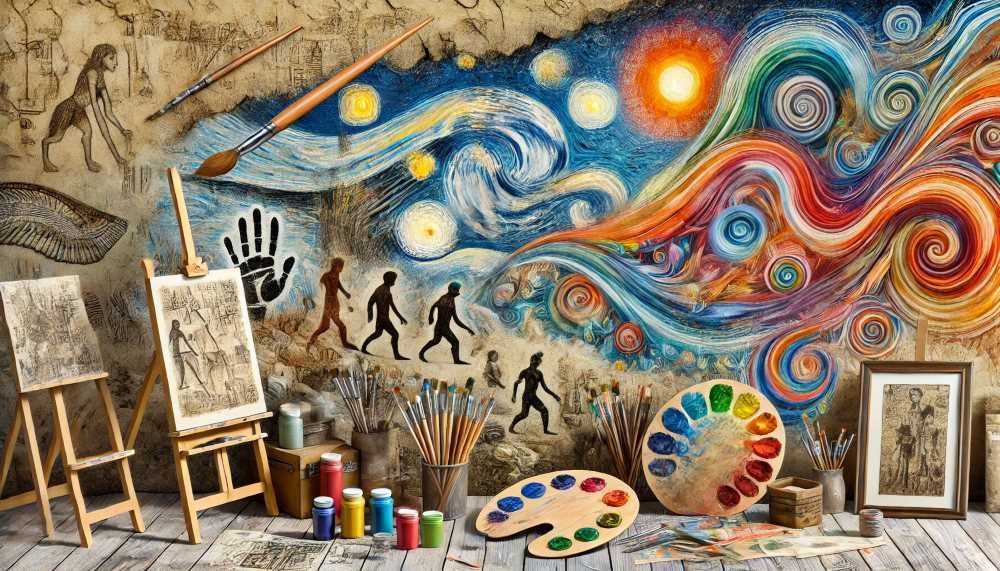
Table of contents
Capturing emotions, ideas, and cultural values, painting has been a great means of creative expression during human history. Painting is one of the first creative activities available to humans and provides a window into the change of society and its interaction with art. From the simple prehistoric cave paintings to the complex masterpieces of the contemporary age, the history of painting is a trip through invention, inspiration, and enduring beauty. The major periods, styles, and prominent painters who have impacted painting as we know it now are examined on this site.
Cave Paintings: The Origins of Art

Painting's history starts with some of the first documented instances of human creativity—prehistoric cave art. Found at sites like the Chauvet Cave in France and the Lascaux Caves, these paintings span more than 30,000 years. Early people painted animals, hunting scenes, and symbolic forms using natural colors such as ochre, charcoal, and clay.
More than just adornment, cave paintings are most certainly connected to rituals, narratives, or communication. These early painters produced works that bear witness to the beginnings of painting as a universal human effort using crude brushes fashioned from wood and hair.
Ancient Civilizations and Symbolism
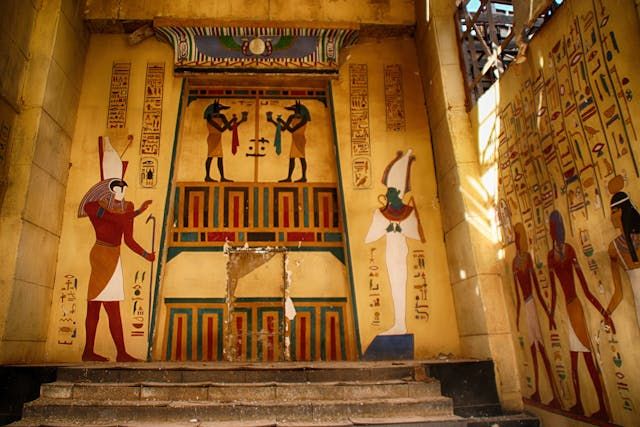
Painting developed in ancient societies to represent cultural, religious, and social ideals. Egyptian tomb paintings, for instance, demonstrated a deft use of symbolism and offered complex tales of the afterlife. Often using mineral-based colors, figures and hieroglyphs were painted precisely.
Painting evolved much further in Mesopotamia, Greece, and Rome using frescoes, mosaics, and complex patterns. By bringing reality and perspective, Greco-Roman painters produced historical and mythical masterpieces destined to inspire next generations. This age confirmed painting as a medium for narrative as well as a decorative piece.
Medieval Art: Religious Dominance
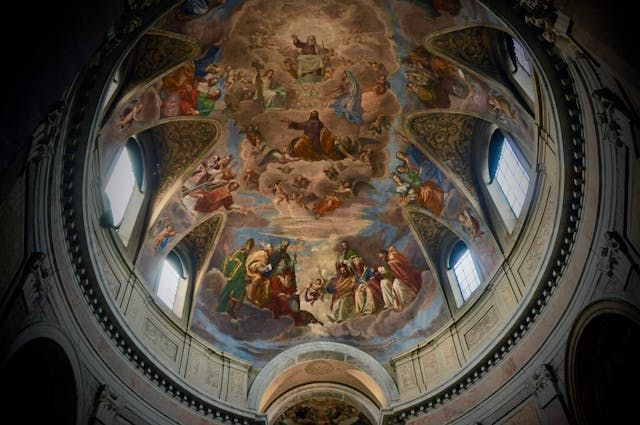
Painting became mostly religious throughout the Middle Ages, reflecting the impact of the Church. Byzantine mosaics and Gothic art sprang from shared methods like gold leaf and tempera on wood panels. Monks meticulously produced illuminated manuscripts, combining text with vivid images to tell biblical stories.
Medieval painting mainly included themes of saints, biblical narratives, and heavenly images, therefore highlighting a close relationship between art and devotion. Though the emphasis on religion was limited, this age set the stage for later creative inquiry.
The Renaissance: The Rebirth of Art
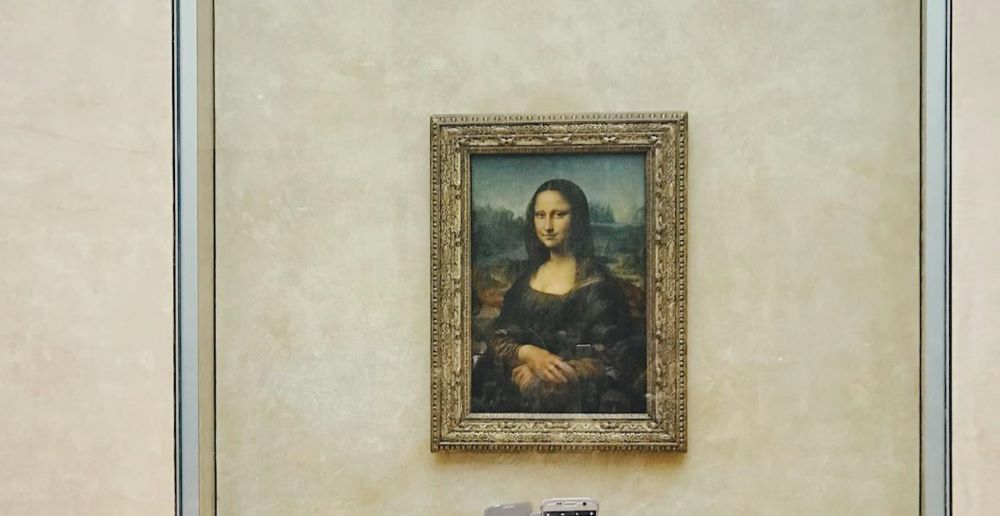
The Renaissance marked a significant shift in art. Embracing realism, humanism, and scientific viewpoints, artists changed the field of work. Masterpieces produced by artists as Leonardo da Vinci, Michelangelo, and Raphael blended great emotional depth with technical excellence.
Unmatched in technique and narrative, famous masterpieces like The Mona Lisa, The Last Supper, and the Sistine Chapel paintings showed A pillar of cultural development, the Renaissance reinterpreted painting as a tool for investigating nature and mankind.
Baroque and Rococo: Drama and Elegance
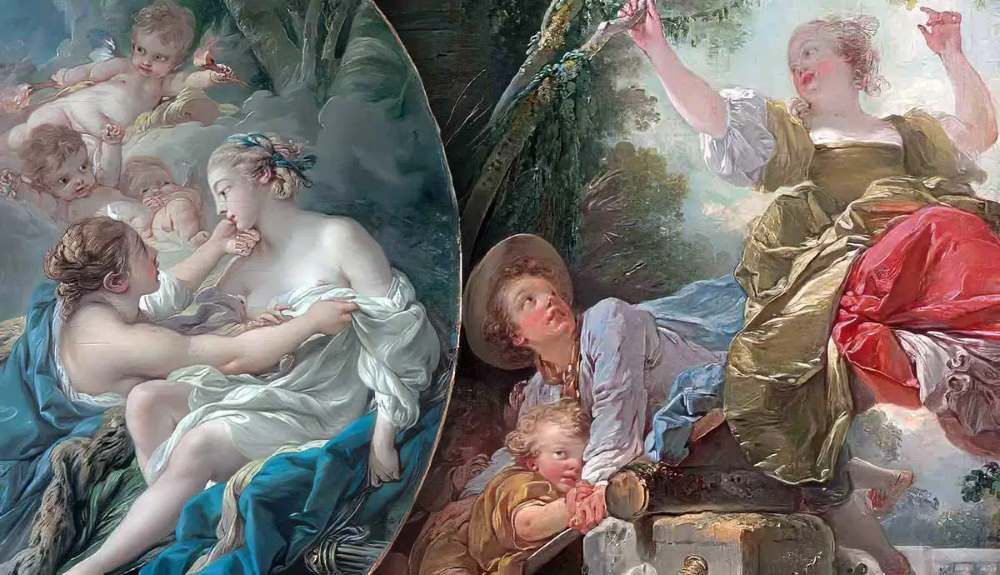
Emphasizing contrast, movement, and passion, the Baroque era gave painting a tremendous intensity. Rembrandt and Caravaggio, among other artists employed light and shadow to create striking, dynamic compositions that enthralled audiences.
By contrast, the Rococo age brought a brighter, more elegant look. Playful, fanciful paintings bursting with pastel hues and exquisite details were produced by painters such as Fragonard and Watteau. These approaches together highlighted how flexible painting is in capturing both grandeur and intimacy.
19th Century: Romanticism, Realism, and Impressionism
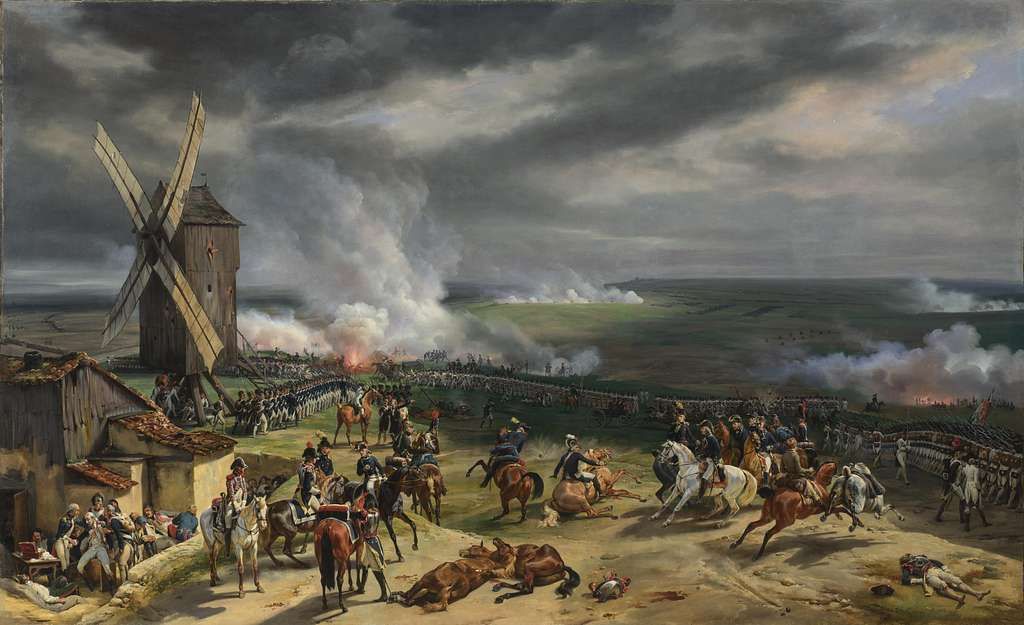
Emphasizing contrast, movement, and emotion, the Baroque age gave painting great intensity. Among other painters used light and shadow to produce arresting, dynamic compositions that captivated viewers, Rembrandt and Caravaggio
By contrast, the Rococo era provided a more refined, brighter appearance. Artists like Fragonard and Watteau created playful, fantastical paintings full of pastel colors and fine details. These techniques used together emphasized how adaptable painting is in expressing both grandeur and intimacy.
20th Century: Modernism and Abstract Art
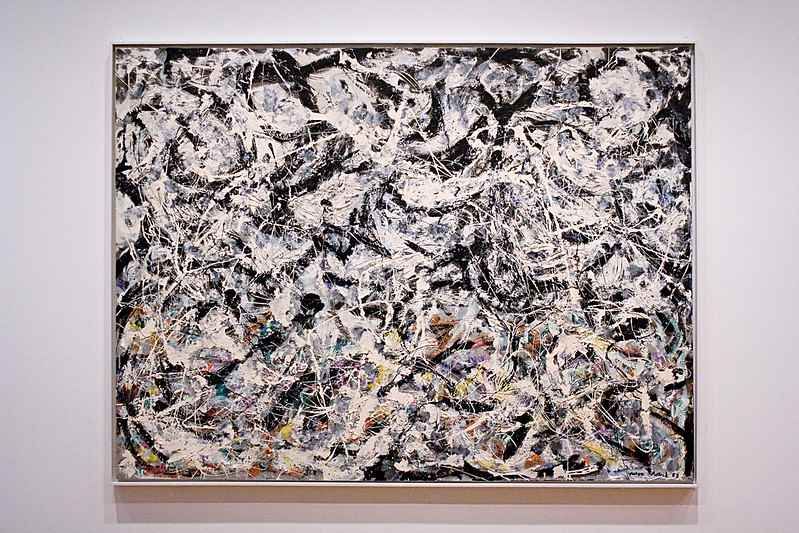
Painting underwent experimental and convention-breaking throughout the 20th century. Picasso's Cubism among other movements broke form and perspective. Salvador Dalí's surrealism looked at dreamy and fanciful images.
Jackson Pollock's pioneering abstract expressionism focused on raw emotion and dynamic approaches rather than conventional depiction entirely. This age challenged spectators to reevaluate the essence of art by cementing painting as a realm of unlimited possibilities.
Contemporary Painting: The Fusion of Styles
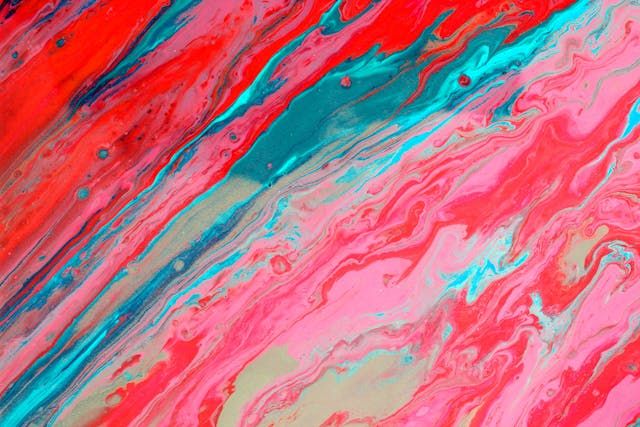
Painting nowadays is a mix of conventional and modern techniques shaped by digital media and worldwide artistic trends. Modern artists such as Yayoi Kusama and Banksy push accepted limits by using unusual materials and methods.
From mixed media to installation art, modern painting captures a society growingly linked and varied. This age honors the flexibility of painting and its ongoing importance in contemporary society.
Key Artistic Movements That Shaped History
Painting has been permanently changed by important trends such as expressionism, Fauvism, and pop art across history. These trends, changing the art form and influencing many artists, brought fresh ideas and ways of thinking. Their cultural relevance emphasizes how important art is always for society.
The Evolution of Techniques and Materials
Its growth has been much influenced by the changes in painting materials and painting mediums or methods. Greater detail and color mixing made possible by the Renaissance advent of oil paints enabled for While digital technologies have extended artistic frontiers in the current period, acrylics introduced adaptability and fast drying times.
These developments have let artists challenge painting limits and produce works with resonance beyond time and space.
Conclusion
Painting's past is a complex tapestry reflecting humanity's journey over time. Painting has been a continual source of inspiration and invention, from the dramatic works of the modern day to the simple cave art of prehistoric people. Painting honors innovation and catches the core of human experience as methods and styles change. Discover the everlasting beauty of art by traveling around its universe.
Frequently Asked Questions (FAQs) About Painting
1. What are the oldest paintings ever discovered?
The oldest known paintings are found in the Chauvet Cave in France, dating back over 30,000 years. These cave paintings depict animals and abstract shapes, created with natural pigments.
2. How did Renaissance painters achieve such realism?
Renaissance painters used techniques such as linear perspective, chiaroscuro (light and shadow), and detailed anatomical studies to achieve remarkable realism in their works.
3. What is the most influential painting movement in history?
While opinions vary, the Renaissance is often considered the most influential movement due to its groundbreaking advancements in technique, realism, and humanism.
Related Products
Related Posts
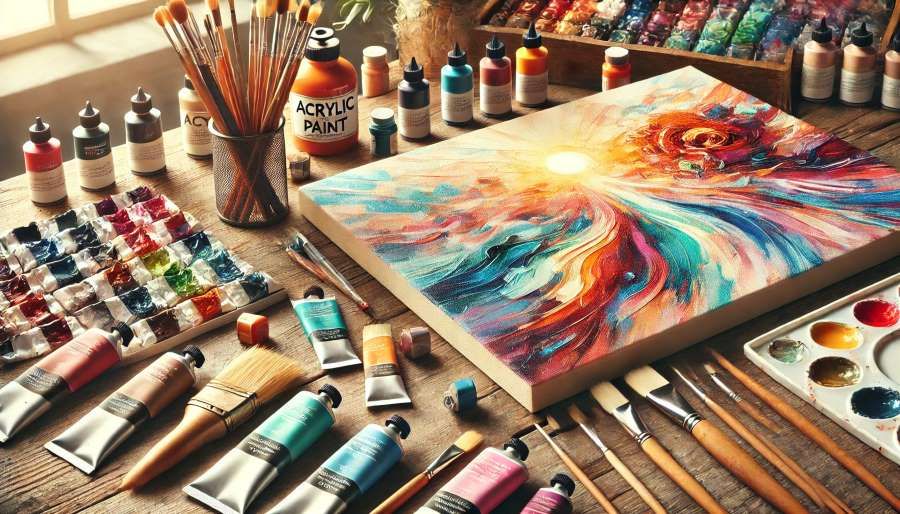
Best Acrylic Paint Set: Buying Guide
Discover the finest acrylic paint set for you with our extensive shopping guide. Learn about top products, essential features, and tips for beginners, professionals, and kids.
By Zakir Hossain
Published: Dec 23, 2024

Step by Step Guide to Painting Pumpkin and Creative Painting Pumpkins Ideas for Halloween
Discover unique and spooky painting pumpkin ideas for Halloween. Learn step-by-step techniques, explore classic and creative designs, and get inspired to create your own painted Halloween pumpkins. Perfect for adding a personal touch to your Halloween decorations.
By Md Zakir Hossain
Published: Nov 7, 2024
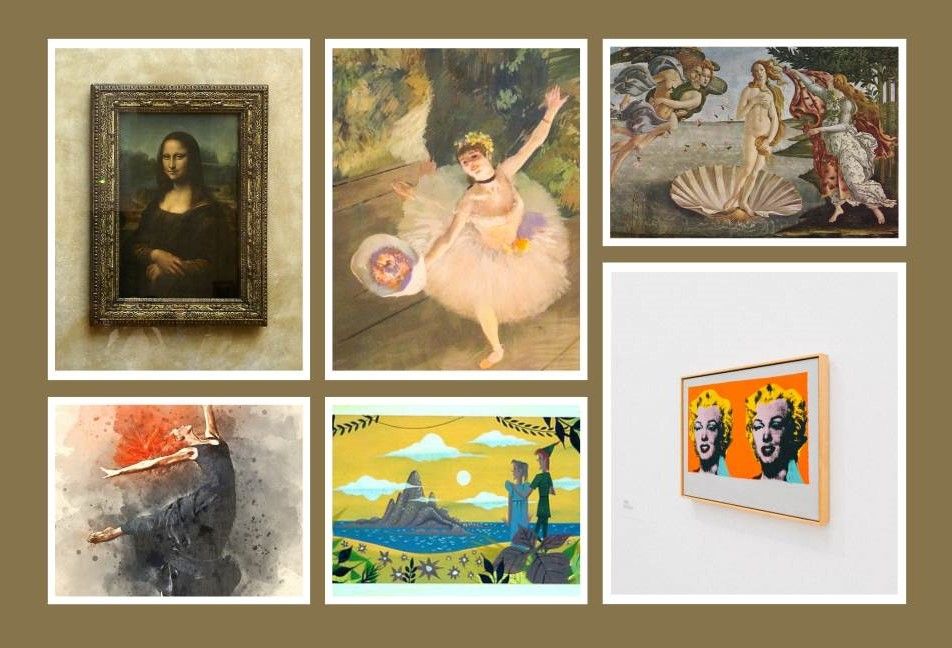
Exploring Painting Mediums: Acrylics, Oils, Watercolors, and More
Discover the world of painting mediums—acrylics, oils, watercolors, and more. Learn their unique characteristics, pros, cons, and famous works to find your perfect artistic match.
By Zakir Hossain
Published: Dec 31, 2024
